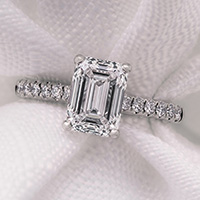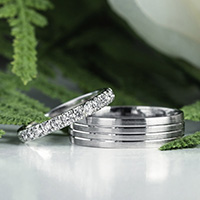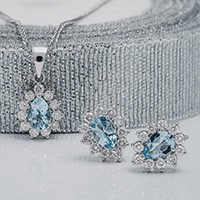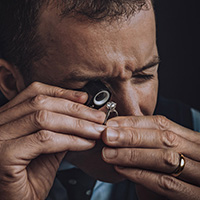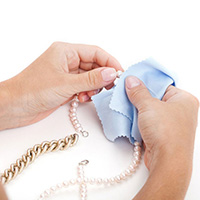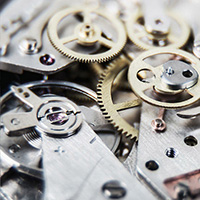Jewellery Superstitions: Myths, Old Wives Tales, and Lucky Charms
Whether you are superstitious or simply enjoy discovering the origins of traditional stories, there are many fascinating beliefs surrounding jewellery. We take a light-hearted look at the most interesting superstitions and discover the hidden meanings of some of our favourite jewellery gemstones and items.
1.Pearls
Ask anyone about jewellery superstitions, and the chances are pearls will be the most frequently mentioned.
Firstly, the most common belief is that pearls are ‘the tears of the oyster’ and represent tears or unhappiness. Brides are warned against wearing pearls on their wedding day for fear of bringing sorrow to their marriage. Similarly, pearls are rarely used as the gemstone in an engagement ring (although arguably pearls are an unsuitable choice for a daily wear ring due to their porous nature). However, all is not lost for pearl lovers. There is a caveat to this: pearls are only said bring tears if you buy them for yourself. Therefore, you can avoid back luck by receiving them as a gift.
On the flip side, there is the more positive superstition that pearls take the place of any tears a bride may shed. Consequently, the bride has no tears left and will therefore have a happy marriage. Also, it is said that pearls only turn into tears if they are not worn. Thankfully, pearls benefit from being worn as the natural oils in your skin help enhance their natural lustre (discover more in our Pearl Jewellery Care Guide). Therefore, wearing pearls is a win, win!
Thankfully, the negative myths surrounding pearls seem to be largely ignored these days. I for one bought myself pearl jewellery to wear on my wedding day and 17 years later, I can report that all is well! Chosen for their delicacy, elegance and class, pearls really are the perfect choice for bridal jewellery.
Finally, one more belief surrounding pearls (and my personal favourite): pearls should never be whiter than the wearer’s teeth! I have no idea where this belief came from, but it certainly makes sense from an aesthetic point of view. Creamy pearls will enhance the natural whiteness of your teeth and make your smile appear even more dazzling!

Yellow gold and mother of pearl necklace.
2. The Engagement Ring Finger
Everyone knows that engagement and wedding rings are worn on the fourth finger of the left hand, but why is this? The belief is that the ring finger has a vein that traces straight to the heart (called the Vena Amoris or ‘vein of love’). Although clearly the veins in all your fingers link to your heart, it’s a nice tradition with keeping your loved one close at its core.
3. Using a Wedding Ring to Determine the Gender of an Unborn Child
Most of us have had fun trying this old wives tale at one time or another! Using a yellow gold wedding band, tie thread to it and dangle it over your baby bump. If it swings backwards and forwards, it’s a boy. However, if it swings around in a circle, it’s a girl!
4.Opals
The belief that opals are a talisman for bad luck (expect for those born in October or given for a special occasion) goes as far back as the 1800’s. In Sir Walter Scott’s novel Anne of Geierstien, a character has an opal hairpiece that loses its lustre after being soaked with holy water. She dies soon after. Although later in the story it is revealed that her death has nothing to do with the opal, many assumed the opal was cursed.
Other sources say that the opal earned its bad reputation over a century ago as a rumour spread by diamond traders. Quality Australian opals were beginning to threaten sales of diamonds. Therefore, diamond traders sought to discredit the opal and perpetuate the myth that opals bring bad luck. Opals are such a beautiful and unique gemstone; I like to think that any bad press they have received is because of this “fake news”.
As with pearls, the belief is that opals only bring bad luck if you buy them for yourself. Therefore, if you have your heart set on a beautiful opal and are superstitious, best to start dropping hints!
5. Jewellery for Protection: St Christophers, Hamsa Hand and Evil Eye
A traditional travel charm, St Christopher is the patron saint of travellers. Usually worn on a chain, a St Christopher is said to bless travellers with good fortune on their journeys. Originally a Catholic symbol, the wearing of St Christophers has now spread to people of other backgrounds and religions.
The Hamsa Hand represents the hand of God and is said to protect against evil. Similarly, in Middle Eastern culture, the evil eye is traditionally given as a gift. It is said that the love in the gift protects the recipient. Conversely, if you purchase an evil eye for yourself, it is said to turn on you for being selfish and bring danger instead.
6. Locket Etiquette
Never wear the photos of loved ones upside down in a locket. Although you can see them better if you’re wearing the locket on a chain and holding it up to your face, it’s not the done thing.
7. Birthstones: For Good Luck
Birthstone jewellery is eternally popular. Wearing your birthstone is said to bring good luck, deter illness and have healing properties. Take a look at our Birthstone Guide to discover yours.
8. Claddagh Rings: The Ultimate Relationship Indicator
The Claddagh has a romantic history and is steeped in Irish tradition. However, did you know that the way you wear this jewellery item ties into superstition? There are four different ways to wear it, and each defines your romantic state: -
- Left hand facing upright: Married
- Right hand facing upright: In a relationship
- Left hand upside down: Engaged
- Right hand upside down: Single
9. Lucky Charms
Charms have been worn for centuries to bring good luck. Whether worn on a bracelet or on a chain, charms make a great gift and are said to being good fortune to the wearer. Popular ‘lucky’ choices are four-leafed clovers and horseshoes. However, horseshoe charms must be worn the right way up, otherwise the good luck is said to spill out!
10. Avoid Diamonds with Black Inclusions
If you’ve read our Guide to the 4 C’s of Diamond Buying, you’ll know that Clarity is very important. However, more than being simply undesirable, in areas of Southeast Asia, inclusions are considered bad luck. Throughout Indian history, diamonds have been associated with purity and cleanliness. Indeed, this belief may still exist today, because in Southeast Asian culture, the focus is on clarity over the other 3 C’s (Cut, Colour and Carat).
11. Jewellery Breaking
According to superstition, jewellery breaking is said to be a sign that you need to pay attention to something. Perhaps you are holding onto something that no longer serves you or holding on to a memory too tightly? It is also said to be a sign of positive change like a new, exciting stage in life.
No one really wants their jewellery to break and the best way to ensure it doesn’t happen is to take it for a professional check and clean.
12. Using Heirloom Diamonds
There is a superstition that warns against giving a diamond from an unhappy marriage because it could impart negative energy. This belief also ties into the wedding tradition of “something old, something new, something borrowed and something blue”. If the “borrowed” item is jewellery, it should come from a happy marriage.
These days, remaking handed down jewellery into a new creation is a beautiful way to create a ring with meaning. It’s sustainable too! Contact us and we can help you match your gemstone with the perfect setting. Discover more about our Bespoke Service here.
13. Amethyst to Make You Sober
The name “amethyst” comes from the Greek “amethystos” meaning “not drunken” and was worn to counteract the effects of alcohol! This belief can be traced back to the poet Asclepiades of Samos in 320 BC. Consequently, wealthy individuals would add powdered amethyst to their wine and drink from amethyst goblets to help prevent intoxication. For this reason, and the folklore associated with the Greek god Dionysus weeping tears of wine which stained a quartz statue purple, amethyst is associated with having a clear mind. Discover more about Amethyst here.
Whatever your superstitions surrounding jewellery, here at James Porter & Son, we’ve been in business for over 160 years and have probably heard them all! We’re here to help you make the right choices for you. Visit one of our boutiques in Glasgow’s famous Argyll Arcade or contact us if we can be of any assistance.
 Basket
Basket

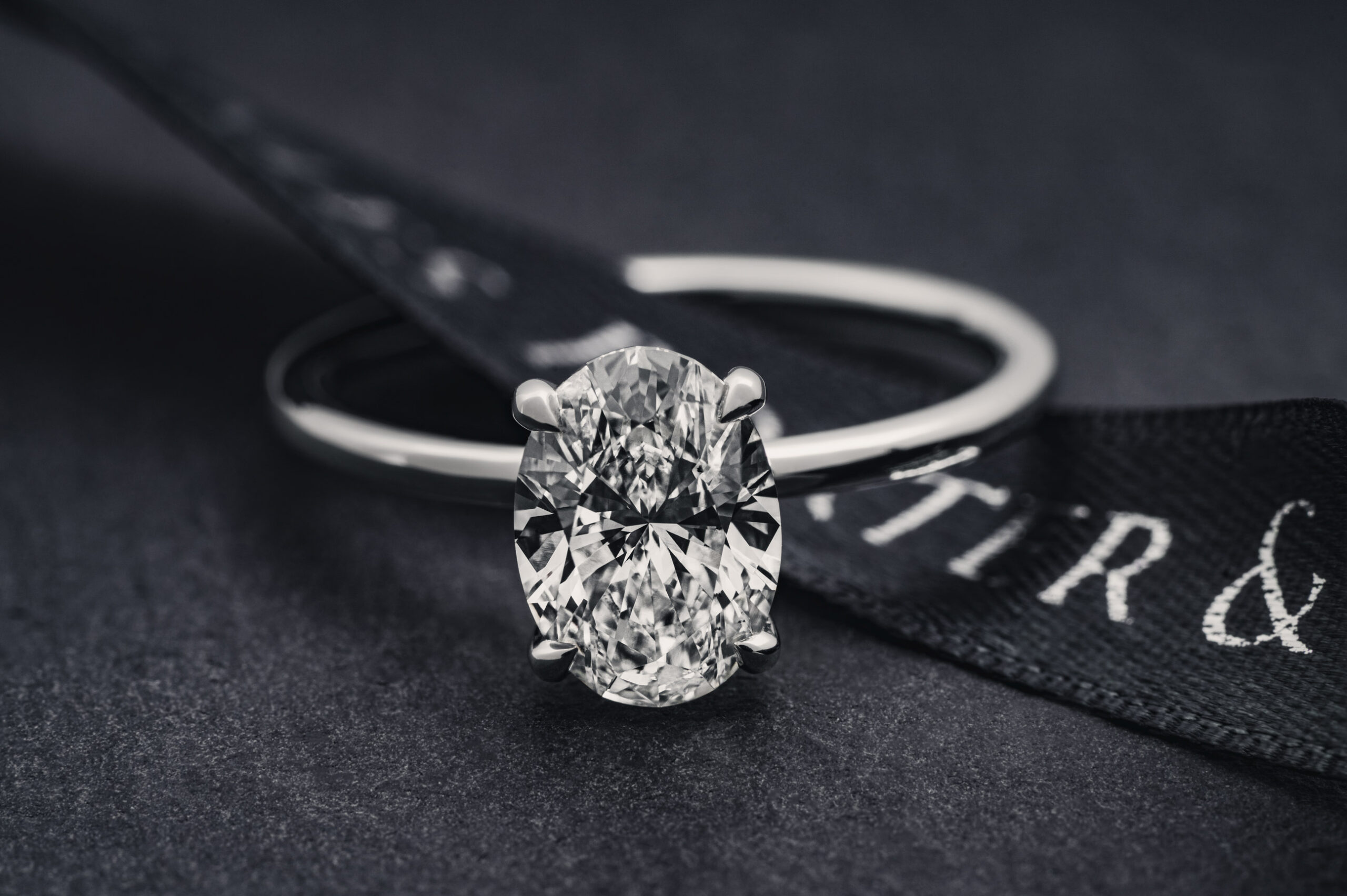


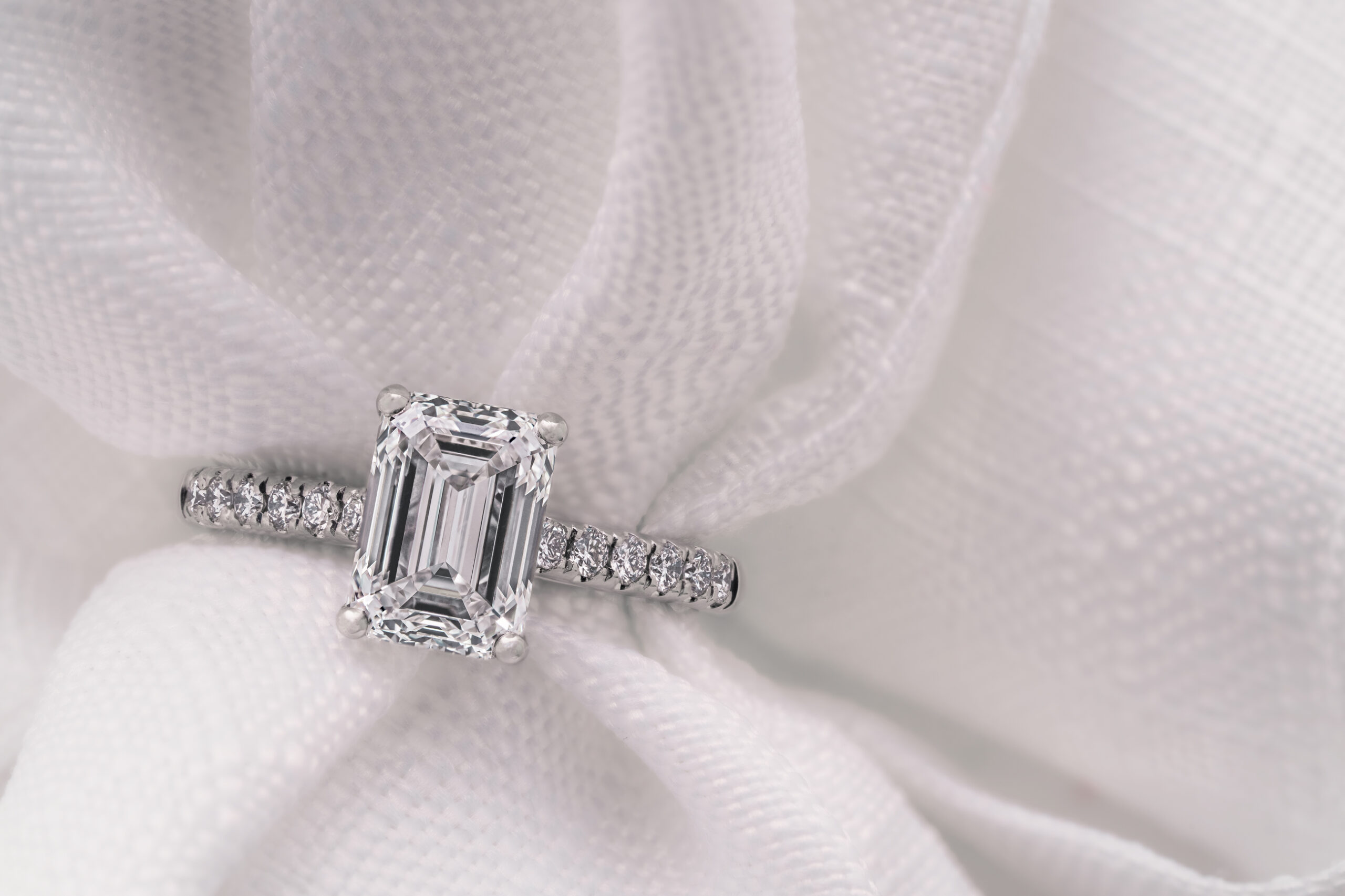





 Back to top
Back to top 0141 221 5855
0141 221 5855 Send us an email
Send us an email






 Secure payment methods
Secure payment methods


